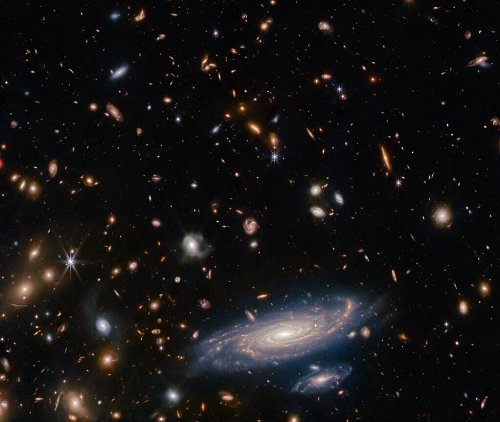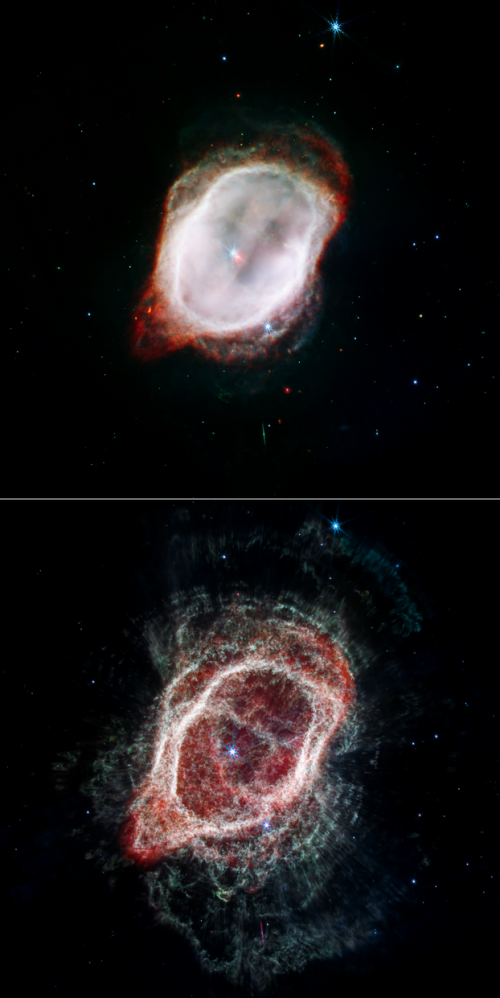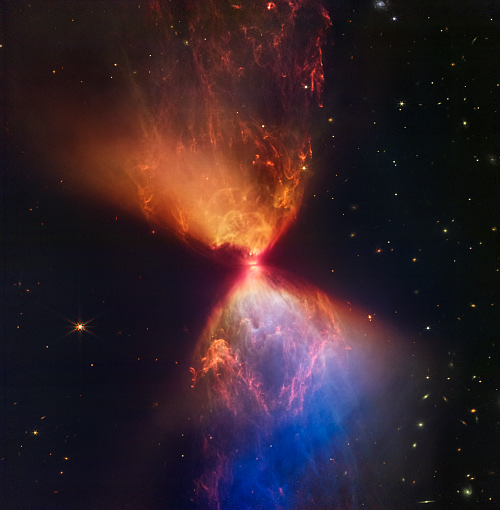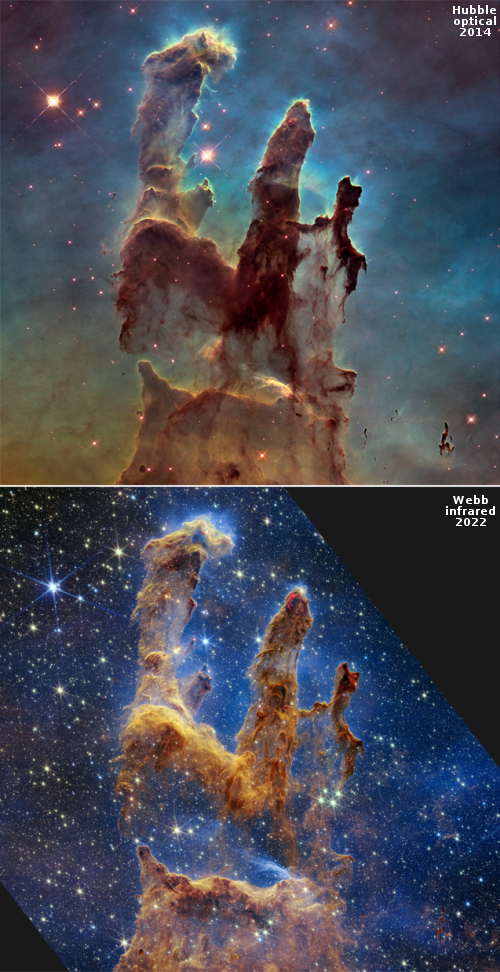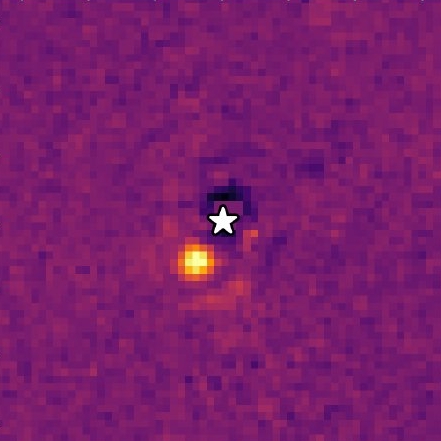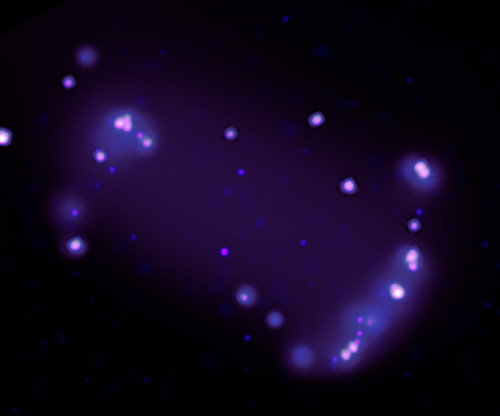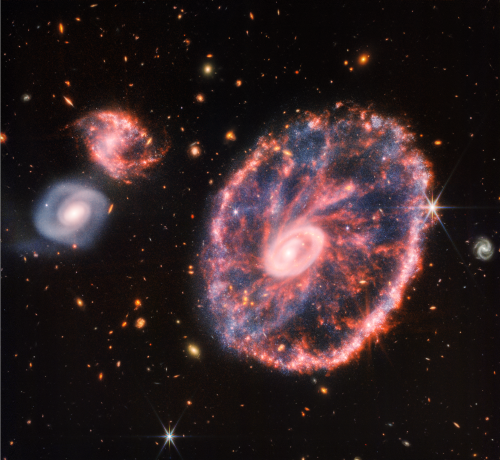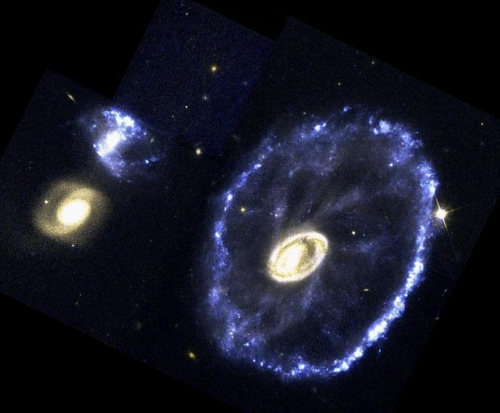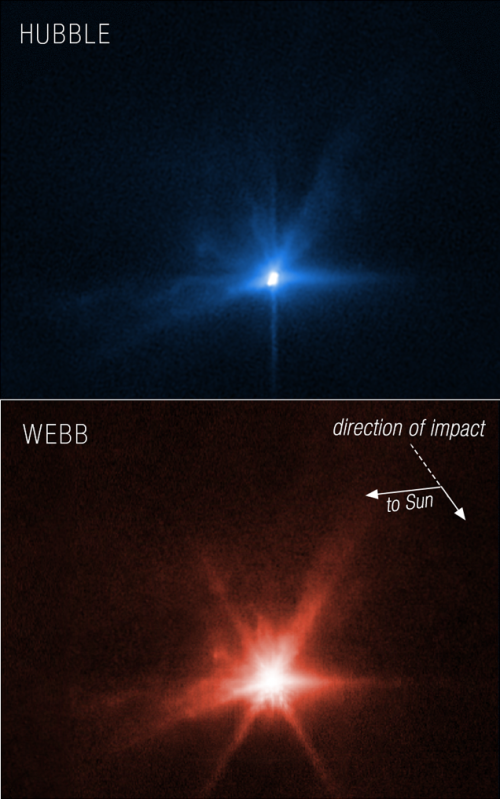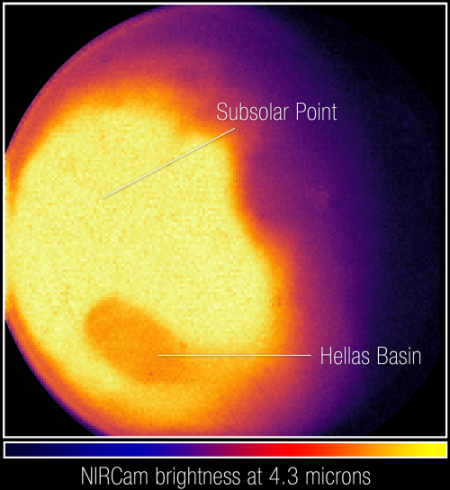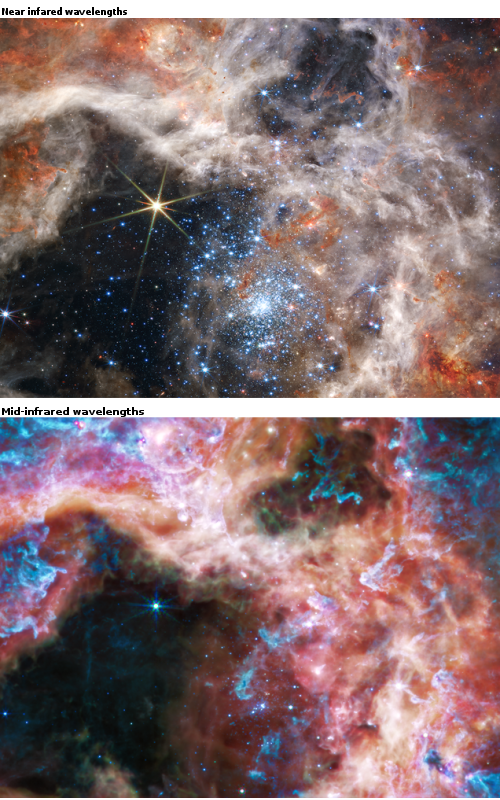Webb finds Earth-sized exoplanet likely too hot to have atmosphere
The uncertainty of science: Using the infrared Webb Space Telescope, scientists have measured the temperature of the Earth-sized exoplanet, dubbed Trappist-1b, and found its temperature is probably too hot to have atmosphere.
The red dwarf star Trappist-1is about 40 light years from Earth, and in 2017 was found to have a solar system of seven exoplanets, all rocky terrestrial planets like the inner planets of our solar system. Trappist-1b is the innermost exoplanet. To measure its temperature, Webb observed the star while the planet was eclipsed by the star as well as when it was not, and measured the tiny difference in infrared light.
The team analyzed data from five separate secondary eclipse observations. “We compared the results to computer models showing what the temperature should be in different scenarios,” explained Ducrot. “The results are almost perfectly consistent with a blackbody made of bare rock and no atmosphere to circulate the heat. We also didn’t see any signs of light being absorbed by carbon dioxide, which would be apparent in these measurements.”
As this was the innermost of the star’s solar system, it is also the one most likely to lack an atmosphere. Webb’s observations of the system continue, so there is a chance that data about the other exoplanets will eventually tell us more about them.
The uncertainty of science: Using the infrared Webb Space Telescope, scientists have measured the temperature of the Earth-sized exoplanet, dubbed Trappist-1b, and found its temperature is probably too hot to have atmosphere.
The red dwarf star Trappist-1is about 40 light years from Earth, and in 2017 was found to have a solar system of seven exoplanets, all rocky terrestrial planets like the inner planets of our solar system. Trappist-1b is the innermost exoplanet. To measure its temperature, Webb observed the star while the planet was eclipsed by the star as well as when it was not, and measured the tiny difference in infrared light.
The team analyzed data from five separate secondary eclipse observations. “We compared the results to computer models showing what the temperature should be in different scenarios,” explained Ducrot. “The results are almost perfectly consistent with a blackbody made of bare rock and no atmosphere to circulate the heat. We also didn’t see any signs of light being absorbed by carbon dioxide, which would be apparent in these measurements.”
As this was the innermost of the star’s solar system, it is also the one most likely to lack an atmosphere. Webb’s observations of the system continue, so there is a chance that data about the other exoplanets will eventually tell us more about them.


